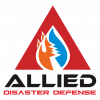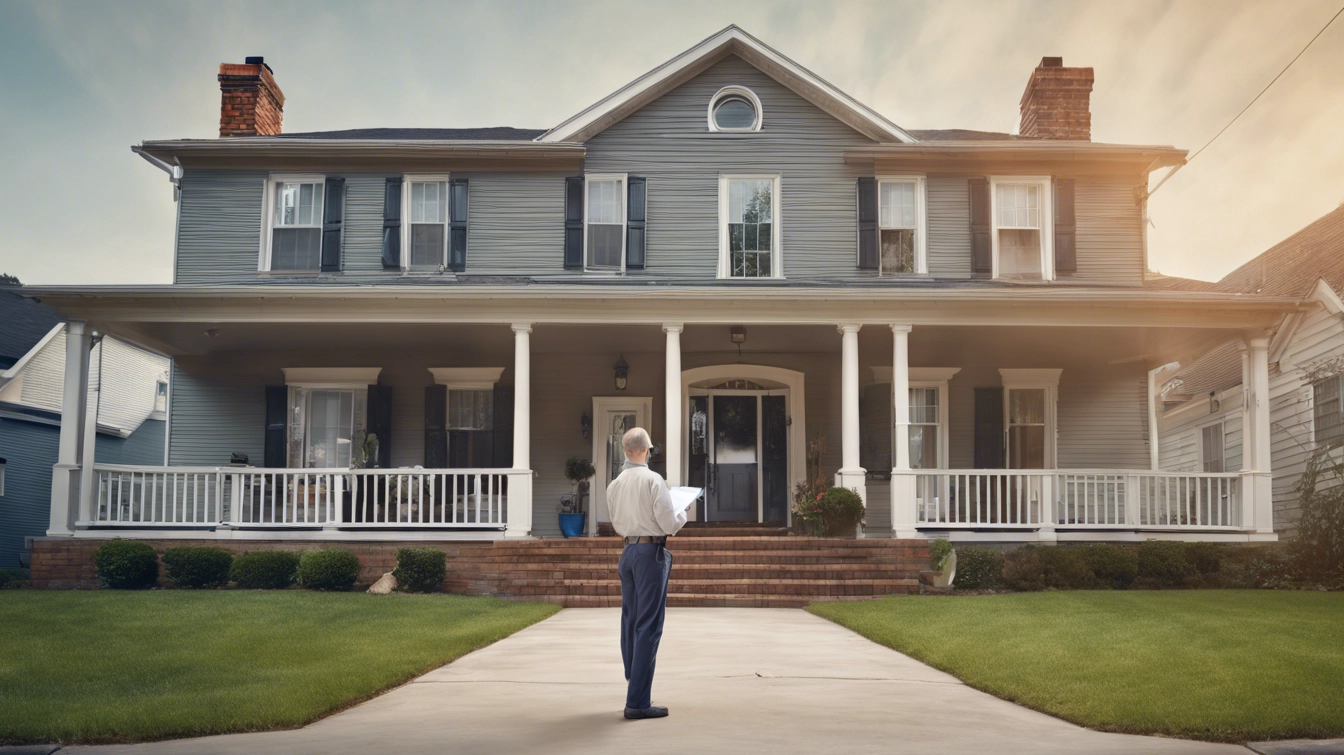Aligned with IBHS, NFPA, and California’s “Safer from Wildfire” Standards
Home Hardening Measures
- Class A Fire-Rated Roofing: Install roofing materials that meet IBHS and NFPA’s Class A fire rating. Examples include metal, tile, and high-quality asphalt shingles.
- Fire-Resistant Vents: Replace existing vents with ember-resistant ones to prevent embers from entering your home (per IBHS and “Safer from Wildfire” requirements).
- Enclosed Eaves: Box in open eaves to reduce the risk of ember intrusion, following NFPA guidelines.
- Seal Exterior Gaps: Seal roof and exterior wall gaps to prevent ember entry as advised by IBHS and NFPA.
- Fire-Resistant Siding: Install siding made of fiber-cement, stucco, or brick to increase fire resistance per NFPA standards.
- Multi-Pane Windows: Upgrade to dual- or triple-pane tempered glass windows to reduce breakage risk under extreme heat, complying with IBHS and “Safer from Wildfire” standards.
- Noncombustible Fencing: Replace wooden fencing within 5 feet of the home with non-combustible materials as recommended by NFPA and CDI.
- 6-Inch Vertical Clearance: Ensure there is at least a 6-inch vertical clearance between the ground and the bottom of exterior walls, per “Safer from Wildfire” guidelines.
Defensible Space Creation
- Zone 1 (0-5 Feet from Home)
- Remove Combustible Materials: Clear leaves, mulch, and flammable vegetation per NFPA and “Safer from Wildfire” standards.
- Use Non-Flammable Ground Cover: Replace mulch with gravel or stones close to the structure.
- Zone 2 (5-30 Feet from Home)
- Maintain Plant Spacing: Space trees and shrubs to prevent the spread of fire, following NFPA Firewise USA® recommendations.
- Prune Trees: Trim lower branches to ensure they are 6-10 feet above the ground.
- Zone 3 (30-100 Feet from Home)
- Thin Vegetation: Create spacing between trees to prevent a fire from spreading as per NFPA standards.
- Remove Dead or Dry Plants: Keep the area clear of dead plant material and dry vegetation.
Property Maintenance and Long-Term Protection
- Regular Roof and Gutter Cleaning: Clear debris monthly to prevent ignition, as recommended by IBHS and NFPA.
- Fire Retardant Application: Apply long-term fire retardants on roofs, eaves, and decks, following “Safer from Wildfire” guidelines.
- Install Roof and Ground Sprinkler Systems: Add systems that meet IBHS specifications for active fire suppression.
- Metal Gutters: Replace plastic gutters with non-combustible metal ones and install guards to prevent debris buildup.
Advanced Home Protection
- Crawl Space and Attic Vent Screens: Use 1/8-inch mesh screens to block ember entry, complying with NFPA and “Safer from Wildfire” guidelines.
- Maintain Long Hoses: Ensure hoses can reach all parts of your property.
- Install Spark Arrestors: Equip chimneys with NFPA-compliant spark arrestors to prevent embers from escaping.
Emergency Preparedness
- Evacuation Plan: Develop and practice a wildfire evacuation plan that all household members know.
- Emergency Kit: Prepare a kit with essentials, including water, food, medications, and important documents.
- Insurance Review: Regularly update insurance to include coverage for wildfire-related damage.
DIY or Contact Allied Disaster Defense
This comprehensive checklist provides you with the guidance to protect your home on your own or with professional assistance. If you prefer to have experts handle the work, Allied Disaster Defense is here to help. We offer Done-For-You services, including:
- Full property wildfire assessments.
- Home hardening installations.
- Defensible space creation.
- Long-term fire retardant application.
Take Action Today Ensure your home is prepared for wildfire season. Contact us or schedule a virtual assessment to start your wildfire defense journey.



